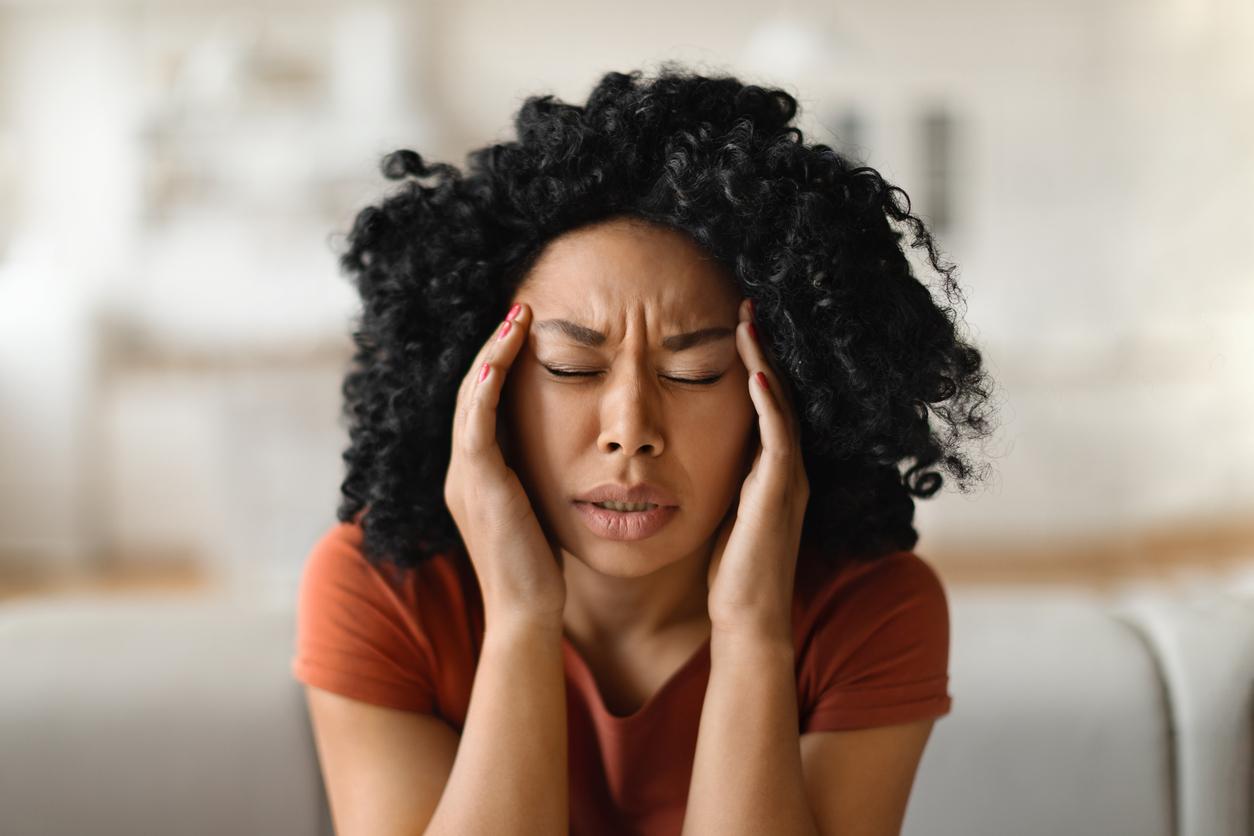A treatment, Atogepant, reduces the frequency of migraines in patients for whom no treatment is effective.

- Migraine is sometimes resistant to treatment.
- Researchers have discovered that a drug can reduce the frequency of attacks in people suffering from this type of migraine.
- It acts on one of the proteins associated with triggering seizures.
Migraine affects 15% of the world’s population according to Inserm. Characterized by severe headaches, the disease can have significant consequences on daily and professional life. However, there is no treatment to cure it. There are two categories of drugs: those that treat seizures or those that seek to reduce their frequency. But for some people, none of the treatments are effective. For this reason, a team of Spanish researchers is working on a drug for people with so-called resistant migraine. According to the Spanish scientists, the first tests carried out with this treatment are encouraging. Their results were presented at the annual meeting of the american neurological association.
Resistant migraine: the treatment targets a protein involved in triggering the attack
“These results are exciting because migraine can be debilitating, and this treatment led to a reduction in the number of migraine days for people who had already tried up to four other types of medication to prevent migraine and had no had no improvement or had side effects that outweighed the benefits“, explains the lead author of this study, Patricia Pozo-Rosich, from the Vall d’Hebron University Hospital in Barcelona. The drug, called Atogépant, is a “calcitonin gene-related peptide receptor antagonist or CGRP inhibitor“. The latter acts on a protein that is involved in the onset of migraine.
Migraine medication: how did the study go?
The scientific trial involved 309 people: all had had at least four days of migraine, in the month preceding the study, and had tried at least two types of medication to prevent the disease, without any ‘improvement. 44% of the participants had even tried three types of medication, without success. In this trial, half the group took 60 milligrams of atogepant, once a day in pill form, and the other half took a placebo for 12 weeks. “Those taking the drug had an average of four fewer migraine days per month from the start to the end of the study, while those taking the placebo had around two fewer migraine days per month.“, note the researchers. They also found that people who took the experimental drug had less use of crisis treatments, that is to say products that relieve migraine as soon as it occurs. “The most common side effects were constipation, which occurred in 10% of people taking atogepant and 3% of those taking placebo, and nausea, which occurred in 7% of those taking the drug and 3% of those taking the placebo“, they specify. The scientists add that further trials will be needed, as this one only lasted three months. They will test the safety and effectiveness of this drug in the long term.
















